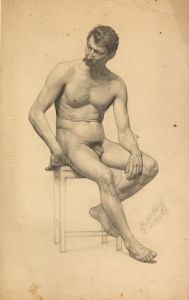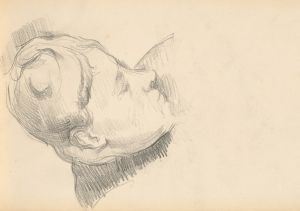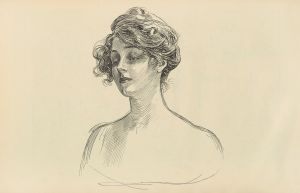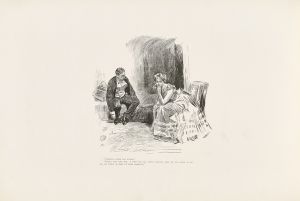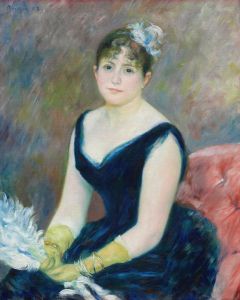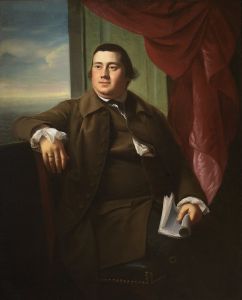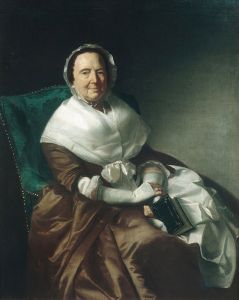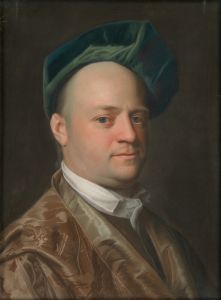
John Temple
A hand-painted replica of John Singleton Copley’s masterpiece John Temple, meticulously crafted by professional artists to capture the true essence of the original. Each piece is created with museum-quality canvas and rare mineral pigments, carefully painted by experienced artists with delicate brushstrokes and rich, layered colors to perfectly recreate the texture of the original artwork. Unlike machine-printed reproductions, this hand-painted version brings the painting to life, infused with the artist’s emotions and skill in every stroke. Whether for personal collection or home decoration, it instantly elevates the artistic atmosphere of any space.
John Singleton Copley was an American painter known for his portraits of prominent figures in colonial New England. One of his notable works is the portrait of John Temple, a significant figure in the political landscape of the time. Copley’s portraits are celebrated for their attention to detail and ability to capture the character and status of the sitter, and the portrait of John Temple is no exception.
John Temple was a British colonial official and politician who played a significant role in the administration of the American colonies. He was born in 1732 in Boston, Massachusetts, and was a member of the influential Temple family. Temple held various positions throughout his career, including serving as the Surveyor General of the Customs for the Northern District of America. His marriage to Elizabeth Bowdoin, the daughter of a prominent Massachusetts family, further cemented his status in colonial society.
Copley’s portrait of John Temple is an excellent example of his skill in portraying the elite of colonial America. The painting is characterized by its meticulous attention to detail, particularly in the rendering of Temple’s clothing and facial features. Copley was known for his ability to depict textures and materials with great precision, and this is evident in the way he painted the luxurious fabrics and intricate lace of Temple’s attire. The portrait not only captures Temple’s likeness but also conveys his social standing and personality.
The composition of the portrait is typical of Copley’s style, with the subject positioned in a dignified pose against a neutral background. This approach focuses the viewer’s attention on the sitter, emphasizing his importance and character. Copley often used light and shadow to add depth and dimension to his portraits, and this technique is evident in the way Temple’s face and clothing are illuminated.
Copley’s work is significant not only for its artistic merit but also for its historical value. His portraits provide a visual record of the individuals who shaped the political and social landscape of colonial America. The portrait of John Temple is a testament to Copley’s ability to capture the essence of his subjects and offers insight into the life and times of a key figure in American history.
John Singleton Copley’s portraits, including that of John Temple, remain highly regarded for their technical skill and historical significance. They offer a glimpse into the world of colonial America and the people who played pivotal roles in its development. Copley’s ability to combine artistic excellence with historical documentation makes his work an invaluable resource for understanding the past.






